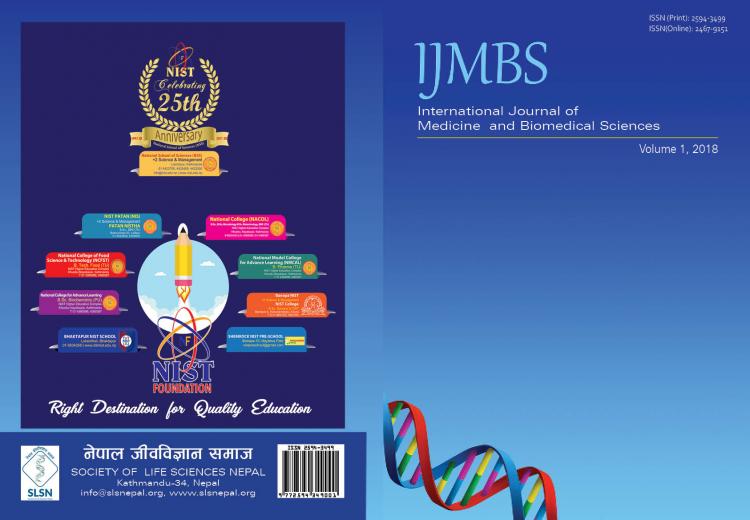Study on Sanitary Condition in Slum Area of Balkhu, Kathmandu Metropolitancity, Nepal.
DOI:
https://doi.org/10.55530/ijmbiosnepal.v2i3.29Keywords:
Sanitation, Slum, Communicable diseasesAbstract
Inadequate sanitation is a major cause of disease world-wide and improving sanitation is known to have a significant beneficial impact on health. The study on sanitation condition of Slum Area of Balkhu-14, Kathmandu was studied. In this descriptive study, data was collected from 100 households, selected by using simple random sampling. Most of the respondents were female i.e. 70%. More than half of the respondents were illiterate and 69% of them were labor. Almost half of the respondents of the slum area, had knowledge about sanitation, i.e. 43% of the respondents told the correct meaning of sanitation. Study revealed that only 58% of the respondents had a toilet in their houses, 74% of the respondents used to brush their teeth once a day and 19% twice a day, and only 81% used soap water for washing their hands after toilet. It was found that 72% of the respondents were found to use water without treatment. The main communicable disease occurring in the study area was found to be diarrhea. Since, the area was highly crowded and the low level of knowledge of the slum dwelling people, the sanitation condition of the slum area was not good. Thus, awareness raising program regarding the sanitation practices and cleaning their environment should be conducted and the policy makers should give priority for the improvement of lifestyles of slum dwelling peoples.
Downloads
Published
How to Cite
Issue
Section
License
Copyright (c) 2017 International Journal of Medicine and Biomedical SciencesIJMBioS follows the following Terms and License of the manuscript under Attribution-NonCommercial 4.0 International (CC BY-NC 4.0) where Author and Journal are can Share — copy and redistribute the material in any medium or format and Adapt — remix, transform, and build upon the material, and it is Non-Commercial.





